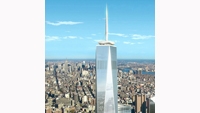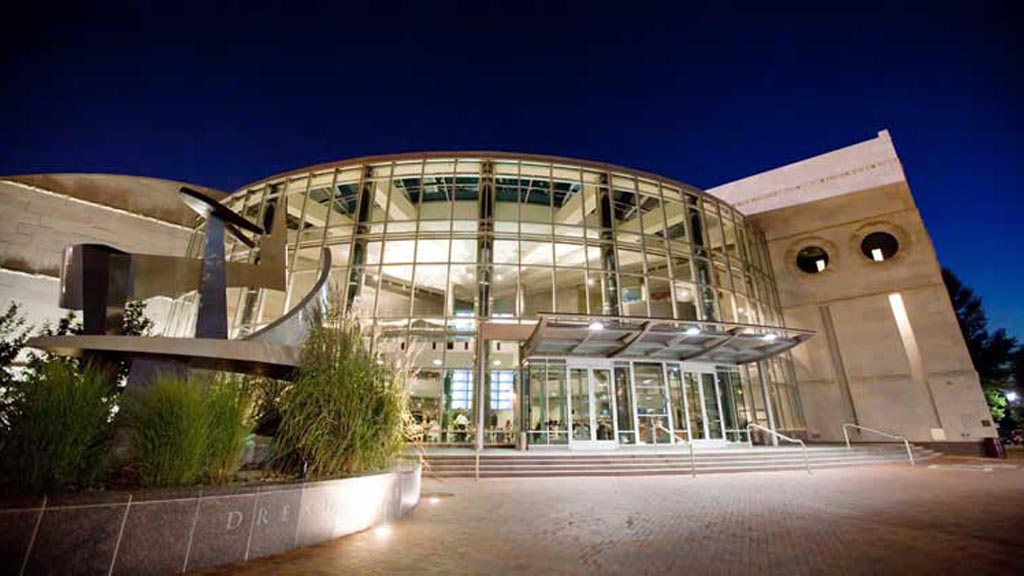Single-frequency network proposed for over-the-air transmission in New York City

Two broadcast technology companies — ION Media Networks and Richland Towers — have completed testing of a single-frequency network (SFN) that they claim is a viable alternative to the Empire State Building or the planned Freedom Tower for terrestrial television broadcasting in New York City.
The initiative, a research and development effort among various broadcasters and Richland Towers, demonstrated that SFNs offer digital signal coverage equal or superior to the traditional one-big-tower transmission approach.
Television antennas that serviced most of New York City were destroyed after the loss of the World Trade Center in 2001. Currently, most broadcasters use antennas mounted on the Empire State Building. Some, however, are operating at reduced power due to cramped space.
The Metropolitan Television Alliance, a group of New York City broadcasters, is eyeing a single big antenna on a new 1776ft structure called the Freedom Tower, planned for the original World Trade Center site. It has been repeatedly delayed and is now slated for completion by 2012.
The alternative does not need a tall structure for a single antenna. SFNs or distributed transmission refers to an approach where a number of low-power transmitters are used to carry all television signals, each on its consistent allocated frequency, to all areas within a marketplace. This includes those areas that may have topographical obstacles preventing it from being able to receive the digital TV signals from a master tower.
Such a group of transmission sites typically includes low-power technology making it less costly to build and operate than the traditional approach of erecting one major transmission antenna per market.
“The initial testing of the Richland (DTx) single-frequency network in New York City is completed, and we are happy with the results,” said Brandon Burgess, CEO of ION Media Networks. “The Richland network provides signal quality at least equal to that of traditional digital broadcast towers at substantially lower investment and operating cost.”
The professional video industry's #1 source for news, trends and product and tech information. Sign up below.
Based on the favorable results, he said ION intends to work with Richland on its digital TV coverage solution for New York City.
“To validate the results, we invested in a custom measurement vehicle to test the Richland system,” said David Glenn, ION’s president of engineering. “We shared the results and vehicle with other station owners in the market, and have all been impressed with the system’s performance as a coverage solution for New York City, including in the most challenging topographical areas, such as midtown Manhattan and Staten Island.”
David Denton, marketing chief for Richland, said the technology offers demonstrable advantages including the potential for significant cost savings, channel uniformity, utilization of broadcasters’ full 19.4Mb digital bandwidth and significant opportunities for mobile digital television broadcasting.
The Richland DTx SFN consists of a main, high-powered hub site in West Orange, NJ, providing coverage to most of the market area, and five low-power DTxT sites that serve the remainder of the area.
Multiple rounds of testing were conducted at the main West Orange site and a transmitter site at 4 Times Square in Manhattan. The test teams obtained field measurements from the two sites and compared them to measurements taken from five stations transmitting from the Empire State Building.
Field strength, signal quality, reception and all other parameters for the DTx network were comparable to or better than those from the Empire State stations. The test results are being made available to other interested broadcasters.
